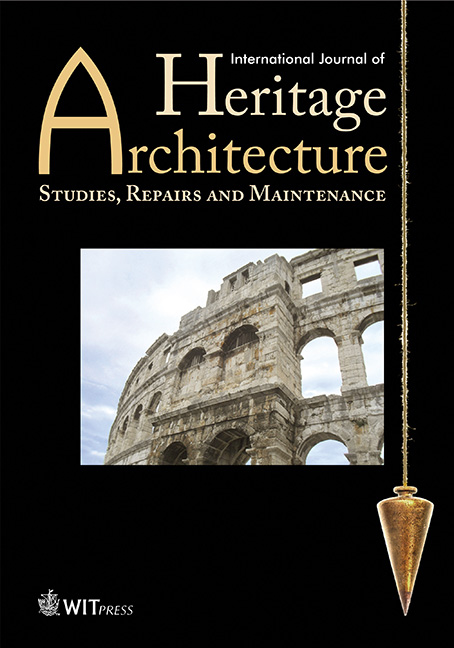Islamic urban heritage: Blight or blessing?
Price
Free (open access)
Volume
Volume 1 (2017), Issue 3
Pages
10
Page Range
344 - 354
Paper DOI
10.2495/HA-V1-N3-344-354
Copyright
WIT Press
Author(s)
D. BOUSSAA
Abstract
After gaining independence in the 1950s and 1960s, many countries in the Arab world witnessed a staggering rapid urban growth. The Islamic urban centres, which formed the central parts of these cities, witnessed continuous pressures of redevelopment and destruction. A large number of these centres with rich urban and architectural values were often demolished and replaced by high-rise buildings. Following the period of development and rapid urbanization, people started to realize that their cities have lost their identity and character in the mainstream of the globalization trends. The historic centres and urban cores, which escaped complete demolition, have survived as isolated pockets in the middle of hybrid environ- ments. This dilemma raises important questions: is this surviving Islamic urban heritage blight or blessing? Is it ‘blight’ and obstacle that prevents the present cities from growing and prospering, or is it an asset that can form a major catalyst to promote these cities while maintaining strong roots with their past? Therefore, what will be the future of our Islamic urban centres? Will they be demolished to pave way for more ambitious growth or will they be conserved and sustained for present and future generations? Will the historic city, the heart of urban life and the main protector of the present cities’ identities, survive and continue to be places for living within the emerging global environments of today and tomorrow? Despite the globalization trends that are wiping local cultures and traditions, it is possible to counterbalance this drift by preserving the few remaining patches of these historic cities. This article believes that one way of developing the present Arab city is to look at this urban heritage as ‘blessing’ and try to conserve it. In this context, this article discusses the following question: How can Islamic urban heritage be a setting of an appropriate urban regeneration of the Arab city today and in the future? In order to discuss this issue, examples of the Casbah of Algiers in Algeria and the Medina of Tunis in Tunisia are presented.
Keywords
development, globalization, identity, Islamic, urban heritage, urban regeneration




